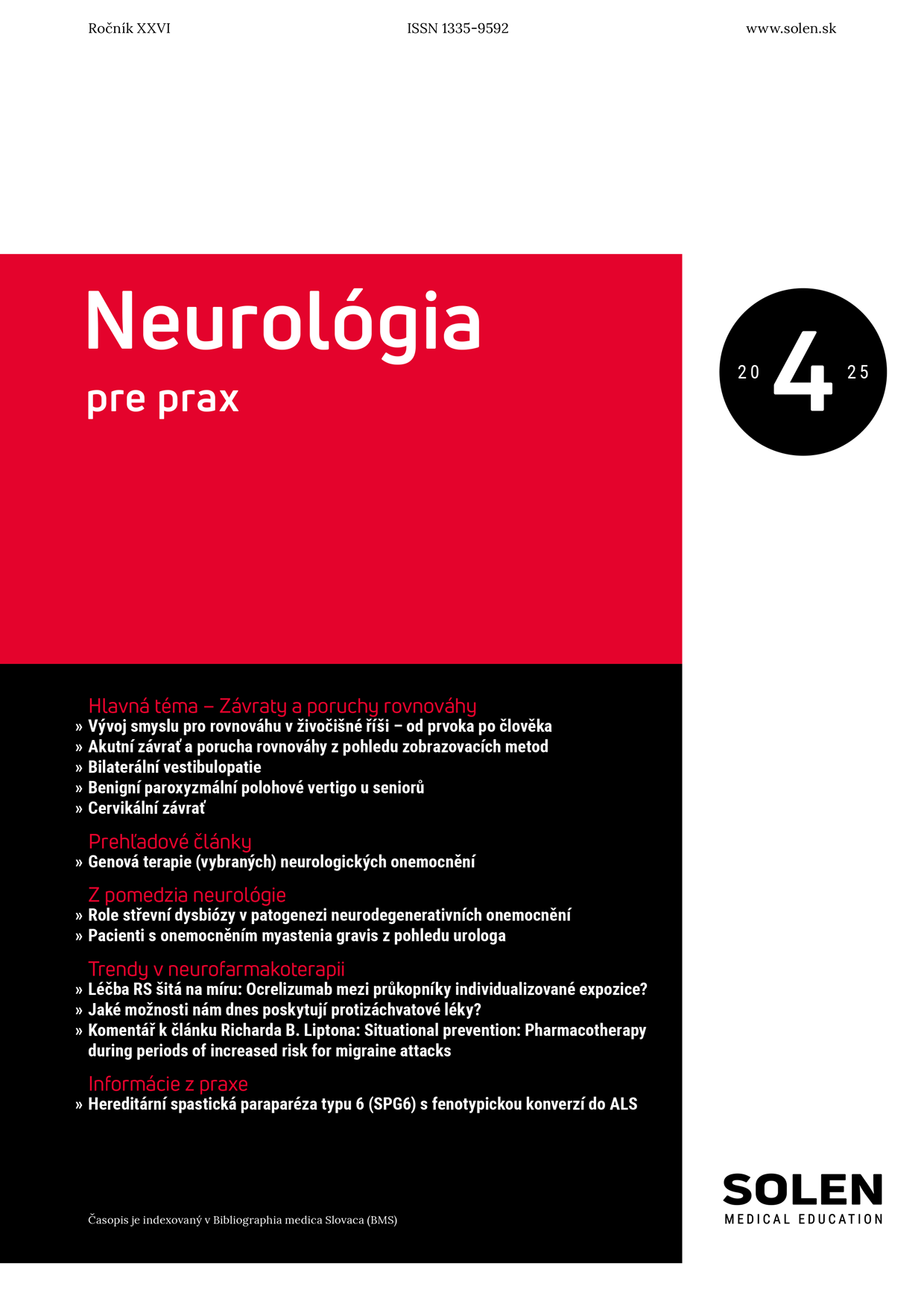Onkológia 2/2024
Current trends in imaging of brain gliomas
Imaging radiological methods belong to the fundamental and irreplaceable pillars in neuro-oncology. Computed tomography (CT) and magnetic resonance imaging (MRI) of the brain are the first step in the diagnosis of tumors of the central nervous system (CNS). The technological progress of MR devices with a preference for a magnetic field strength of 3.0T for neuroimaging have brought a significant improvement in the spatial and temporal resolution of imaging, 2D scanning has moved to routine 3D imaging, with the possibility of multiplanar reconstructions. It enables accurate topo-anatomical localization of the tumor, detailed mapping of spatial proportions and relationships of surrounding structures guides decision-making about the possibilities of glioma therapy, the location of the biopsy and the extent of resection. Gliomas represent the most common type of primary malignant tumors, they are diverse group of brain neoplasm. A wide spectrum of advanced methods within the multiparametric protocol moves the qualitative evaluation of gliomas from the macroscopic to the microstructural level, with the analysis of pathophysiological processes. Imaging biomarkers provide quantitative information, they enrich the characterisation of gliomas, clarify the biological nature, and contributes to the prognosis of the findings. MRI of the brain is the main tool for monitoring tumor, growth dynamics and character changes, the effect of therapy, and distinguishing therapeutically induced changes from glioma recurrence. Complex analysis of the MR examination provides a non-invasive virtual biopsy.
Keywords: magnetic resonance imaging, multiparametric imaging, phenotypisation of gliomas, biomarkers

















